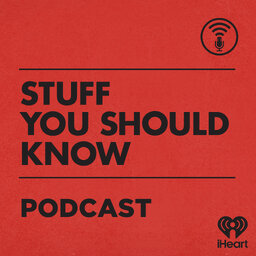Can you test a nuclear weapon without a fallout?
Over the course of human existence, thousands of nuclear weapons have been exploded on Earth and in space. With all of those tests, one can't help but wonder how much fallout has been produced. Learn the tricks of the nuke-testing trade in this episode.
Learn more about your ad-choices at https://www.iheartpodcastnetwork.com
 Stuff You Should Know
Stuff You Should Know


